Überblick über das Burn-In Board
Das Burn-In-Brett ist eine spezialisierte Art von PCB (Leiterplatte) Entwickelt für IC-Burn-In-Testanwendungen, Auch als Bib bekannt (Einbrand) Leiterplatte. Es wird strengen Tests unterzogen, um die Zuverlässigkeit und Langlebigkeit von integrierten Schaltungen zu gewährleisten (ICs) bevor sie in elektronischen Geräten eingesetzt werden.
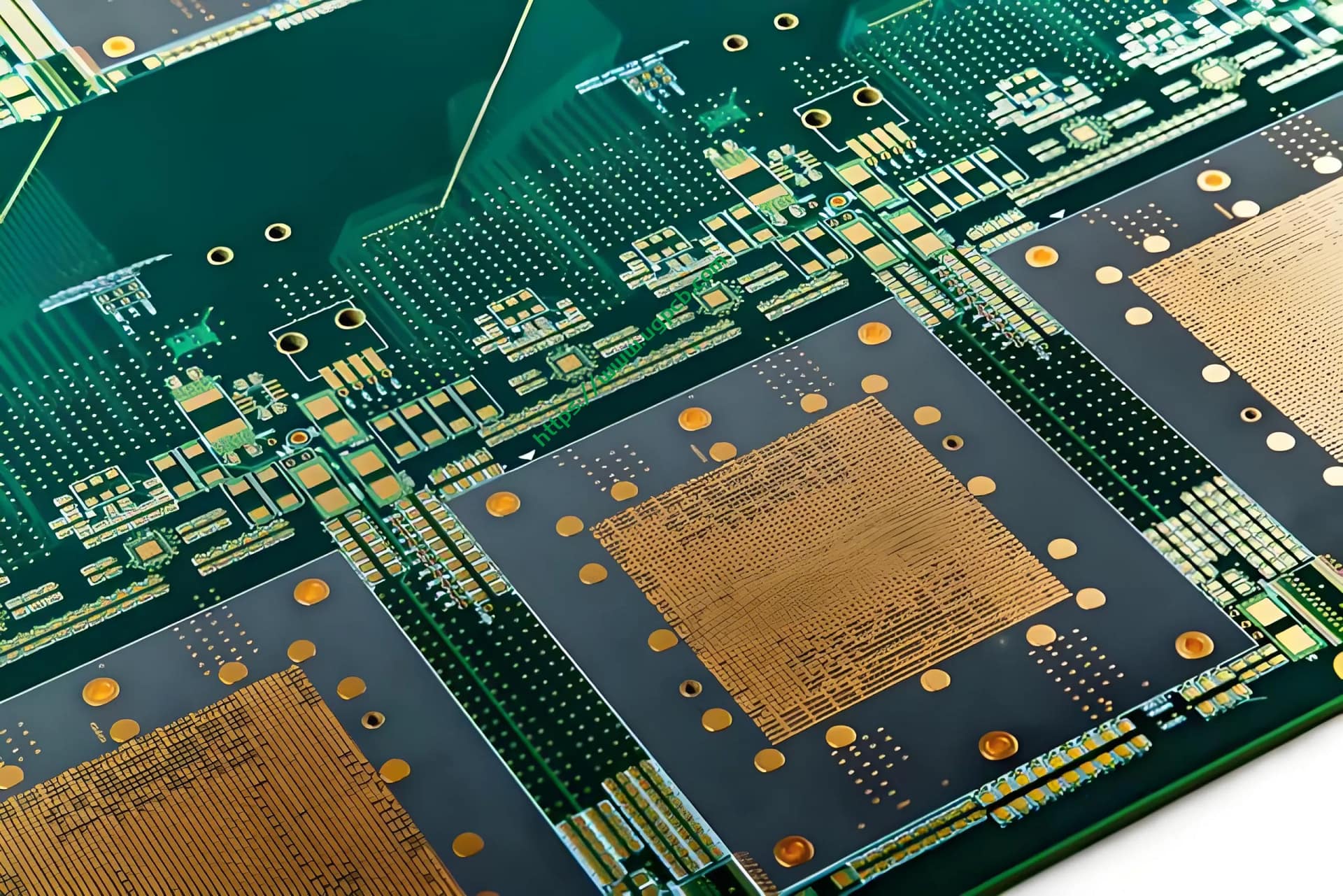
Zweck des Verbrennungsbretts
Der Hauptzweck eines Verbrennungsausschusses besteht darin, ICs den Beschleunigungsbedingungen zu unterziehen, um mögliche frühe Ausfälle zu identifizieren. Dieser Prozess hilft beim Filtern defekter Komponenten, bevor sie in größere Systeme integriert werden, So reduzieren Sie die Gesamtausfallrate und die Verbesserung der Produktqualität.
Klassifizierung des Verbrennungsbretts
Verbrennungsbretter können basierend auf verschiedenen Faktoren wie der Anzahl der Schichten klassifiziert werden, Material verwendet, Größe, und spezifische Anwendungsanforderungen. Unser Einbrand, zum Beispiel, is a 20-layer Leiterplatte designed specifically for IC burn-in tests.
Materialzusammensetzung
The Burn-in Board is manufactured using High TG TG175 material, das steht für eine hohe Glasübergangstemperatur. Dieses Material stellt sicher, dass die Board während des Verbrennungsverfahrens höhere Temperaturen stand.
Leistungsspezifikationen
Unser Burn-In Board bietet beeindruckende Leistungsspezifikationen, einschließlich einer Brettdicke von 3,2 mm, eine Größe von 610 * 572mm, und eine BGA -Anzahl von 24. Es verfügt über eintauchende Goldoberflächen -Technologie (3U) Für eine verstärkte Leitfähigkeit und Korrosionsresistenz. Die Kupferdicke wird sowohl für innere als auch für äußere Schichten optimiert, mit 70/35um für innere Schichten und 35um für die Außenschicht.
Strukturelles Design
Das strukturelle Design des Verbrennungsbretts ist auf die strengen Anforderungen von IC-Verbrennungstests zugeschnitten. Die 20-Schicht-Konstruktion bietet ausreichend Routing-Raum und elektrische Isolation, Gewährleistung der zuverlässigen Leistung während des Tests. Die grüne Farbe des Boards hilft bei der visuellen Inspektion und Identifizierung.
Schlüsselmerkmale
Einige der bemerkenswerten Merkmale unseres Verbrennungsbretts umfassen sein hohes TG-Material, Dies ermöglicht einen höheren Temperaturbetrieb, und das Eintauchen Goldoberflächenfinish, Dies gewährleistet einen hervorragenden elektrischen Kontakt und Korrosionsbeständigkeit. Zusätzlich, the board’s design supports a high number of BGA Komponenten, Damit es für komplexe IC -Testanwendungen geeignet ist.
Produktionsprozess
Die Produktion eines Verbrennungsbretts umfasst mehrere Schritte, einschließlich Rohstoffzubereitung, Laminierung, Bohren, Kupferbeschichtung, Radierung, und Oberflächenbeschaffungsanwendung. Jeder Schritt wird sorgfältig überwacht, um die Einhaltung von Qualitätsstandards und Kundenspezifikationen sicherzustellen. Nach der Produktion, Die Boards werden strengen Tests unterzogen, um ihre Leistung und Zuverlässigkeit zu überprüfen.
Anwendungsszenarien

Verbrennungsbretter werden in der Elektronikindustrie häufig eingesetzt, insbesondere bei der Herstellung und Prüfung von ICs. Sie sind für Unternehmen, die hochzuverlässige elektronische Geräte produzieren, von wesentlicher Bedeutung, wie Automobil, Luft- und Raumfahrt, und Hersteller von medizinischen Geräten. Durch die Verwendung von Verbrennungsbrettern, Diese Unternehmen können die Qualität und Zuverlässigkeit ihrer Produkte sicherstellen, bevor sie den Markt erreichen.
 UGPCB-LOGO
UGPCB-LOGO

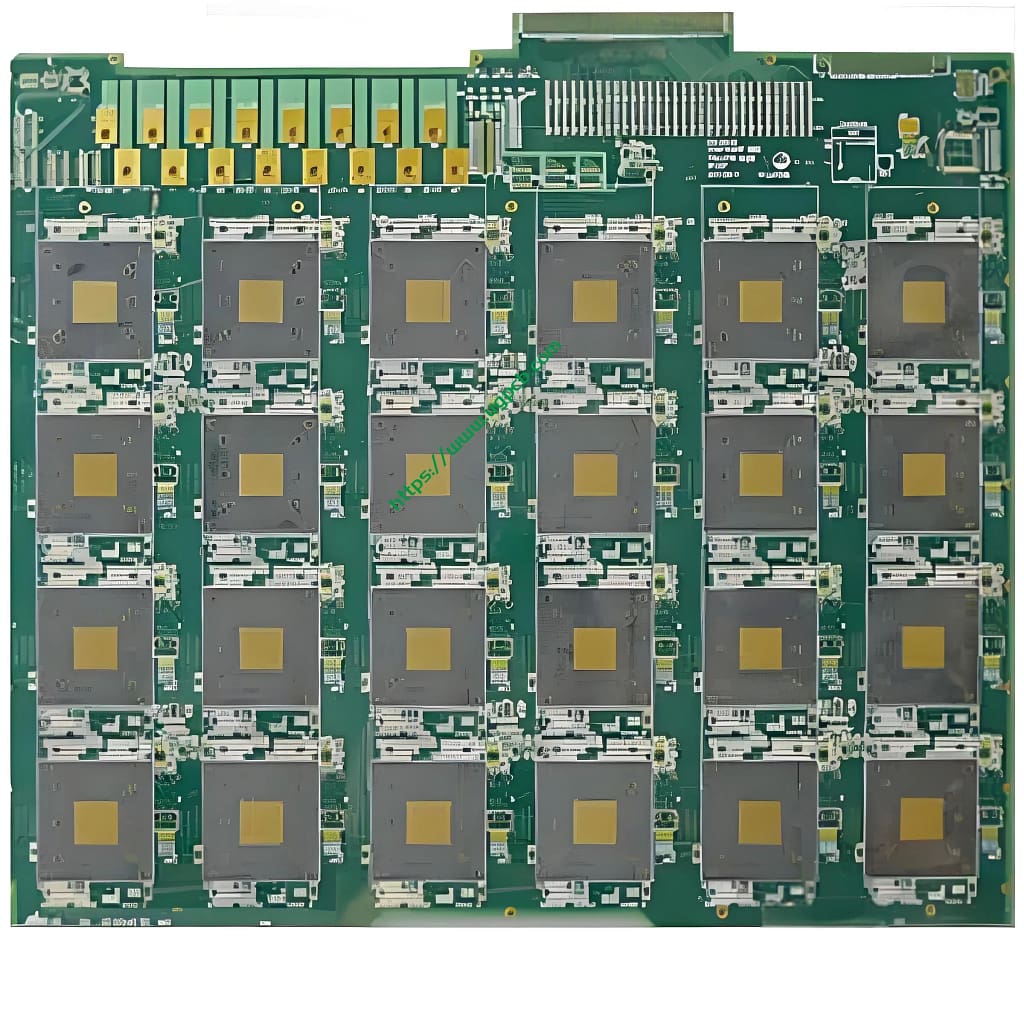
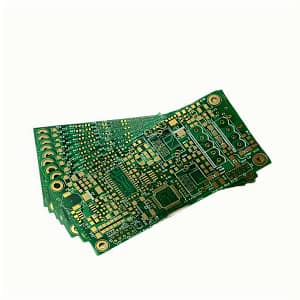
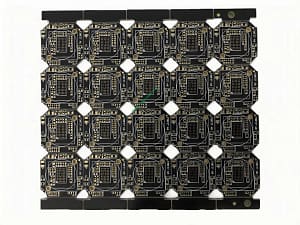
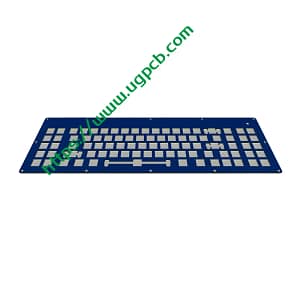
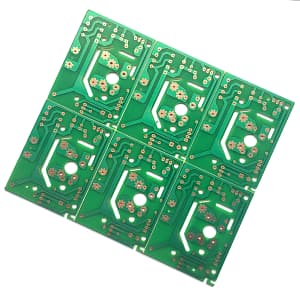
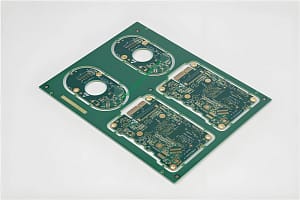
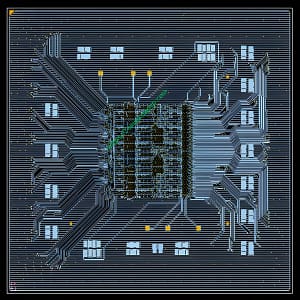
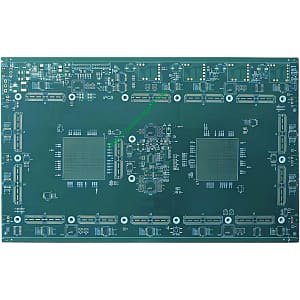
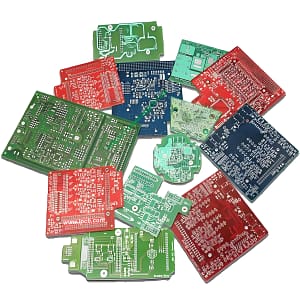



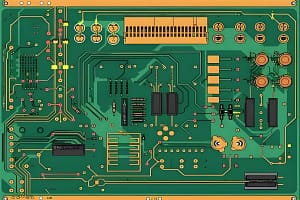



Vielen Dank für jeden anderen informativen Blog. Wohin kann ich sonst bekommen
Diese Art von Informationen, die so ideal geschrieben wurden?
Ich habe ein Unternehmen, an dem ich jetzt einfach arbeite, Und ich war auf den Blick auf
Solche Informationen.